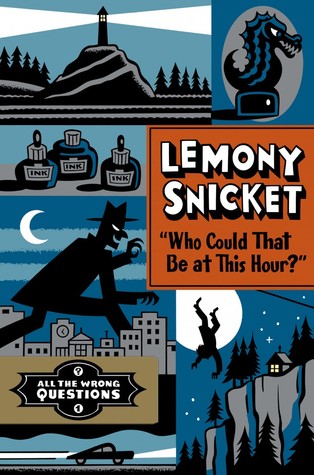For writers, acclaimed novels offer a chance to see what works in fiction - and what definitely does not work. As I’ve been taking an interest in horror novels lately, I feel that it’s time to examine one to see how authors can best build suspense. Wilkie Collins’ classic The Woman in White has long been celebrated as an early detective novel and a pioneering story of sensationalism. Robert McCrum from The Observer argues that The Woman in White is the 23rd best novel ever written. From Collins, aspiring authors can (and should) learn some methods of building suspense.
(Note: This article will definitely include spoilers. If you want to fully understand the genius of The Woman in White, you should read it and look for the suspense-building, then come back here and see if you agree with my thoughts.)
Collins spends most of this book slowly building suspense and a general feeling of creepiness. The novel begins with Anne Catherick scaring Walter Hartright by placing a hand on his shoulder. With this, we begin with a sense of mystery and fear. Who is this woman and what does she have to do with Walter? Did she really just escape from an insane asylum? Where is she going? Why did she want to talk to Walter? In this position, many writers would spend the entire book having Walter search for the answers to these questions, but Collins doesn’t answer these questions for us until he has brought up even more questions. He continues this pattern throughout the book - when we think we have the answer to one set of questions, another set arises. We are always left wondering what’s going on, and what will happen to the characters we are growing to love - or fear.
Collins also does an excellent job of keeping some questions unanswered for much longer than we like, or by making us doubt the answers we are given. For example, we learn from Sir Percival that Anne Catherick’s mother desired Anne to be locked in an asylum. However, the letter from Anne’s mother is short and gives us very little other than answering Marian’s questions directly - and this seems suspicious. In addition, Sir Percival later has a surprise visit from Mrs. Catherick - who the housekeeper claims to have never seen before now, in spite of how intertwined her life is with Sir Percival’s. This leaves us wondering how involved Mrs. Catherick actually was in her daughter’s incarceration.
It’s also difficult for the reader to fully understand the characters. We fully know the characters who narrate for us (as there are several narrators), but other characters (such as Laura Fairlie and Sir Percival Glyde) are somewhat mysterious to us. Sir Percival Glyde begins as an ardent suitor (and fiance) to Laura Fairlie. On the surface, he seems like a fine and amiable man - he’s thoughtful and sensitive towards Laura’s feelings regarding their engagement, he takes care to get on Marian’s good side, and he acts as though Laura is the most pure and angelic being in existence. There are small clues, however, that let the reader know that all is not as we think it is. The fact that Sir Percival comes between Laura and Walter predisposes us to dislike him and his kind demeanor seems...almost too much. Marian mentions that Sir Percival at one point states that he wishes to know nothing about the mysterious object of Laura’s affections, while simultaneously seeming like he’s fishing for more information. We have only two strong clues (besides a general feeling of creepiness) that let us know Sir Percival is not to be trusted: 1. The Fairlie’s dog is terrified of him and 2. Anne Catherick’s letter. It isn’t until halfway through the book, after Laura and Sir Percival marry, that we begin to see his true colors. And he isn’t the only mysterious character. Though we know Laura is more a victim than anything else, she continually surprises us - by keeping secrets from Marian Halcombe, her beloved half-sister, and by often taking actions that Marian feels are out of Laura’s character. Laura is one of the good guys and yet, her actions and thoughts are a mystery to us. What’s going on with her? What is her relationship with her husband like? And how exactly does she plan on living the rest of her life with this terrible man?
Collins also sets wonderfully creepy scenes - graveyards, angry husbands, dead dogs, people thinking they’re being followed. These scenes are both essential to the story and fantastically set the mood for the book. As the book goes on, it feels more and more suspenseful and terrifying.
Any writer wishing to add excellent suspense into their novel needs to read this as a basis of horror and thriller novels. Also, anyone wishing to write a strong heroine also needs to read this - as Marian Halcombe is surprisingly strong-willed for a woman in her time (though that may be a post for another time).



